2012.07.04 13:24
The Philadelphia School, deterritorialized
There is a classic story about Carles Enrique Vallhonrat, a principal in Kahn's office and then chairman of the school, who upon being called up by Progressive Architecture for an interview responded: "Progressive Architecture? I don't think I know that magazine. . . . No, we don't give interviews."
Jan C. Rowen, “Wanting To Be: The Philadelphia School” (Progressive Architecture, April, 1961).
Last month's first part of the P/A Symposium on the State of Architecture brought out quite clearly the prevalent confusion and aimlessness in today's architectural design philosophy. The sixties, it appears, began without any coherent ideologies and systematic disciplines; instead, a strange free-for-all is the admitted, accepted, and defended design approach. There are indications, however, that among this confusion there is already in existence a new design movement with a powerful ideology and a clearly defined design approach. This movement, stemming from Philadelphia, heralds a new renaissance that might prove to be at least as important to the course of architectural history as the emergence of the Chicago School in the late 19th Century. In this article, P/A's Managing Editor traces, describes, and explains this significant new development in contemporary architecture and refers to it as: The Philadelphia School
Is there is any other magazine article on architecture in which the word ‘transcendence’ is so often used?
To someone who started architecture school in Philadelphia one and a half years after Kahn’s death, “Wanting to be” reads like boilerplate on how to teach Kahn.
The Philadelphia School, deterritorialized is an exhibition just beginning at Quondam.
Preludes (from the fourth dimension)
There have been times in the past (and sometimes still on occassion) when I thought that one's own electro-magnetic waves either meshed well with computers or they didn't. Early on, I even wondered whether different musics meshed well with computers or not. When I first worked with CAD at Cooper Pratt Valhonrat Architects (1983), the big two-screen INTERGRAPH workstation was run by a PDP-11 (a pre-VAX mainframe about the size of two small refrigerators). All this hardware was in the same room/space somewhat partitioned from the rest of the drafting room. The other architects in the firm did not use CAD, but they always had to walk past the back of the PDP-11 to get from the front of the office to their desks. Everytime Carles Vallhonrat walked by there was a slight blip on the screen. I only noticed this because it actually happened most of the time. Carles was a true Kahn disciple (as in project architect of Salk Institute), he taught at Princeton at the time, and wasn't really happy about his situation at CPV Architects. Plus, although he never said so publicly, I believe he hated what CAD was doing to an otherwise traditional architectural office. I should also mention that Carles continually worked at projecting a strong personal character. Could it be that Carles' otherwise unseen electro-magnetics was at least registered by the PDP-11? After I told my CAD co-worker about the Carles/screen blip coincidences, he started watching for occurrances himself. Within a day of observation, Bernie confirmed that the computer system does appear to 'notice' whenever Carles is around.
2001.12.01 12:46
I saw My Architect yesterday, and a neat part of the film was when Nathaniel was speaking with a couple of taxi-cab drivers (who supposedly drove Kahn around Philadelphia over 30 years ago)--in the immediate background of this scene is the Ritz Theater (within which I was actually watching My Architect). Seeing the scene, I said to Tony, "Look, it's 3D," but watching a movie in a movie theater that you see the movie theater in is probably much more like 4D. Hence, I'll tell you what it's like being in My Architect, albeit from the fourth dimension.
Countless times between January 1982 and May 1985 I walked by and into 1501 Walnut Street (where Kahn's office used to be, where you see him walking outside of several times in the film). I worked at 1611 Walnut Street (for Cooper and Pratt Architects, later Cooper Pratt Vallhonrat). I used to buy my "Dunhill Green" cigarettes in the tiny tobacco store on the ground floor of 1501 Walnut Street. Cooper is the older brother of NY's Alex Cooper, Pratt is from Pratt-Lambert Paint money, and Vallhonrat was the project architect of Salk Institute--three bosses and a staff of four in the drafting room; we all knew each other fairly closely. Nathaniel speaks with the project manager of Salk Institute in the film. If you ever visit the new US Constitution Center in Philadelphia, look at the Federal Reserve Bank building across 6th Street, a design by Vallhonrat that tries hard to emulate Kahn's Mellon Art Gallery at Yale.
In 1979-80 there was a lecture series at the Art Institute on "The Philadelphia School." One night the lecturer was Anne Tyng, and I was one of the five or so people that attended. At the end, someone said to Anne that the attendance was so low because it was Yom Kippur as well. Cold comfort, I'm sure, for the "other woman." Tony remembers going with Franco to Tyng's house to pick up her article for Stanza in 1975
By the mid-1980s, I was working at/for the University of Pennsylvania Graduate School of Art--you see Kahn kind-of prancing around the Fine Arts campus in the film. The Kahn Collection was recently installed within the GSFA's Architectural Archives, and, since I was the resident 3D CAD expert at the time, I asked for access to the drawings of Kahn's design of the Dominican Sister's (who you also see in the film) Convent so I could then construct a 3D computer model of the unexecuted design. Julia Converse didn't allow me free access to any of the drawings done in Kahn's own hand, but I certainly spent several hours over several days going through all the office drawings relative to the project--this all predates Kent Larson's computer model construction of Hurva Synagogue; in fact, the computer model of Hurva Synagogue in Quondam's collection even predates Larson's.
You know, Nathaniel's whole premise of the film is his search for a father that he never really knew, while the reality is that Nathaniel knew Kahn in a very real way that no one else did. Searching for Kahn, for me, really was trying to find an unknown. Unlike Nathaniel, I would never bother speaking with Johnson or Pei or Gehry or Stern to find Kahn, rather I went to Piranesi because Kahn, during his mature years, had the Ichnographia Campus Martius hanging on the wall above his office desk. Yes, were it not for that, I would never have found/discovered (in 1999, in the same building where Kahn taught at Penn) the heretofore unknown first version of Piranesi's great Campo Marzio plan.
I enjoyed My Architect, especially seeing Kahn resembled in all three of his offspring--the daughter of Esther, the daughter of Anne and the son of Harriet. My only regret is that I didn't have the opportunity to coach Nathaniel before he talked with Edmond Bacon. After having several (business related) conversations with Bacon myself in the late 1980s/early 1990s, I finally learned how to best put Bacon in his place (although he still owes me $200).
2003.12.22 13:58
The second set of CAD CDs I produced were for a project by Carles Vallhonrat (he was the the project architect for Kahn's Salk Institute) and he very much sought to work within the CAD drawing aesthetic which ultimately were meshed with the CD drawing standards he set years earlier for the CDs of Salk Institute. There is no doubt in my mind that that was a rare exercise/experience in 1984. I was most glad that he complied with my wish to "print" the drawings at 11" x 17", thus using the electrostatic printer (as opposed to the pen plotter) and then the xerox machine for copies instead of the "blue print" machine.
2006.03.29 20:39
| |
2012.06.24 13:15
Fashion Architecture Taste
It can thus be seen that deconstruction is a form of what has long been called a critique. A critique of any theoretical system is not an examination of its flaws or imperfections. It is not a set of criticisms designed to make the system better. It is an analysis that focuses on the grounds of that system's possibility. The critique reads backwards from what seems natural, obvious, self-evident, or universal, in order to show that these things have their history, their reason for being the way they are, their effects on what follows from them, and that the starting point is not a (natural) given but a cultural construct, usually blind to itself. For example, Copernicus can be said to have written a critique of the Polemic conception of the universe. But the idea that the earth goes around the sun is not an improvement of the idea that the sun goes around the earth. [Actually that is not true as the mathematics of Copernicus' heliocentric theory greatly improved the predictability of future planetary positions in the night sky.] It is a shift in perspective which literally makes the ground move. It is a deconstruction of the validity of the commonsense perception of the obvious. In the same way, Marx's critique of political economy is not an improvement in it but a demonstration that the theory which starts with the commodity as the basic unit of economy is blind to what produces the commodity--namely, labor. Every theory starts somewhere; every critique exposes what the starting point conceals, and thereby displaces all the ideas that follow from it. The critique does not ask "what does this statement mean?" but "where is it being made from? What does it presuppose? Are its presuppositions compatible with, independent of, and anterior to the statement that seems to follow from them, or do they already follow from it, contradict it, or stand in a relation of mutual dependence such that neither can exist without positing that the other is prior to it?"
Barbara Johnson, "Translator's Introduction" in Jacques Derrida, Dissemination (1981).
FAT is very much a reenactionary architecturism practice.
LearningFromDasVagueness in "Diller Scofidio and Renfro blob up the Hirshhorn, yay!" (2009.12.17 09:41).
The rest is history repeating itself.
| |
2012.06.20 20:53
Just to spice up the debate a bit......Here's a cosmic question to ponder...
Architecture from the planet Queastio Abstrusa, 11 light years ago:
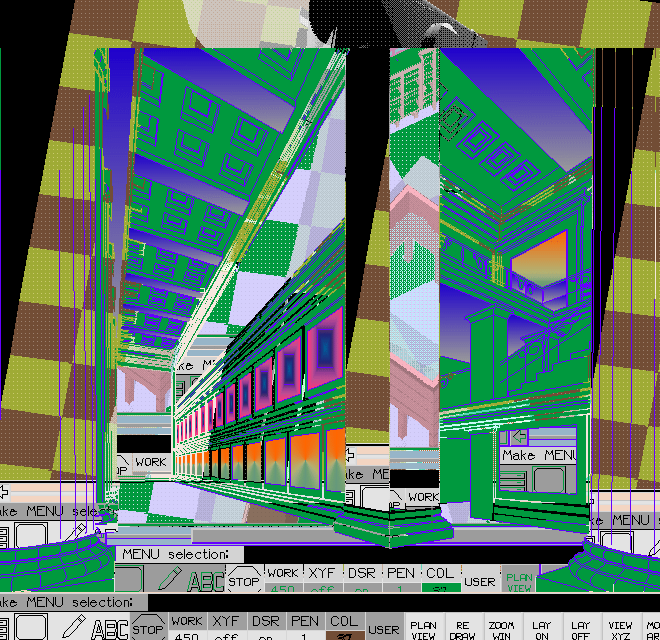
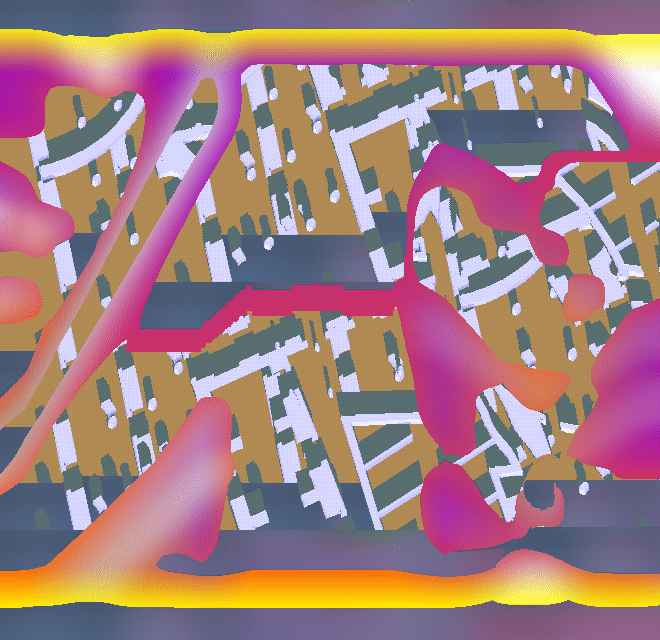
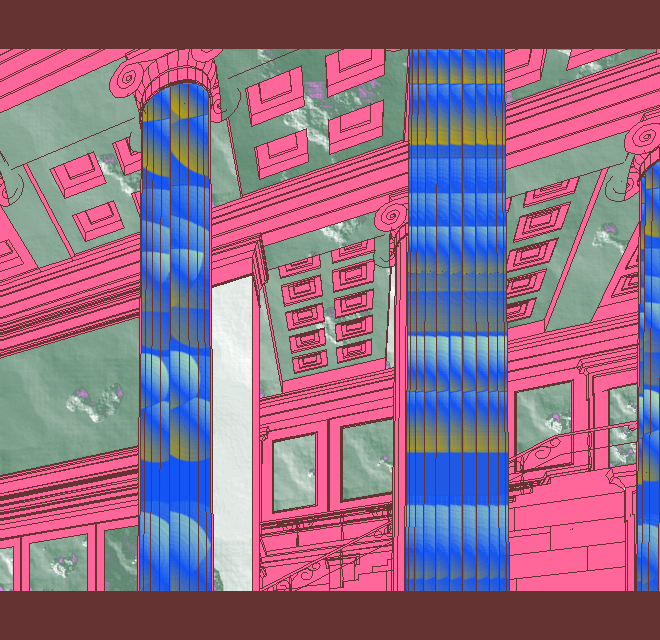
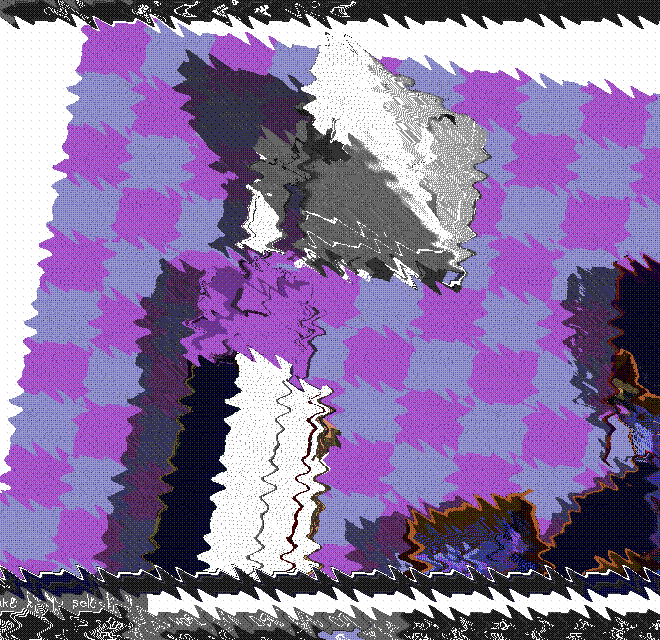
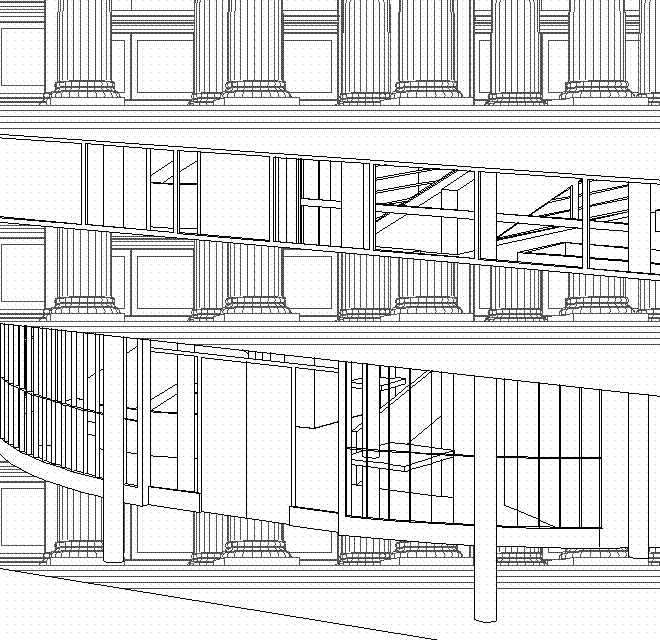
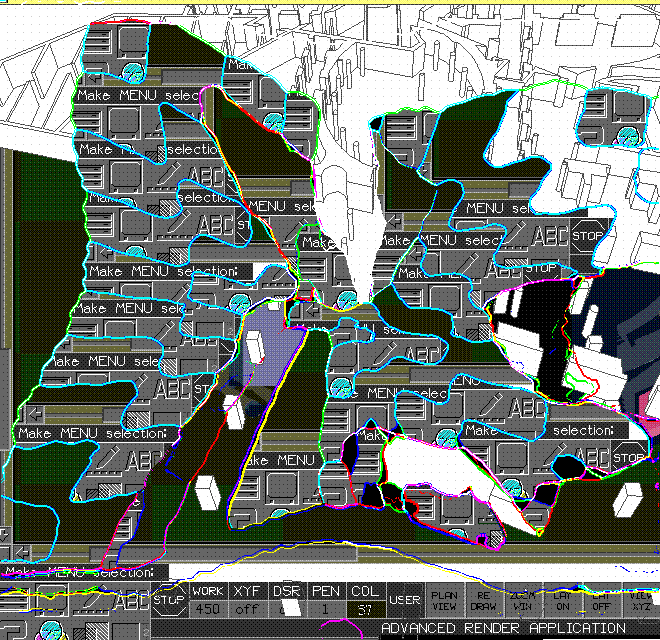

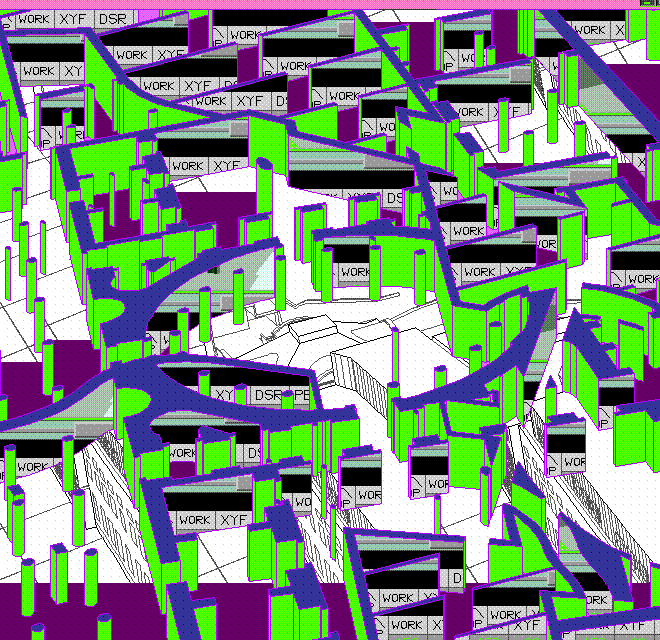
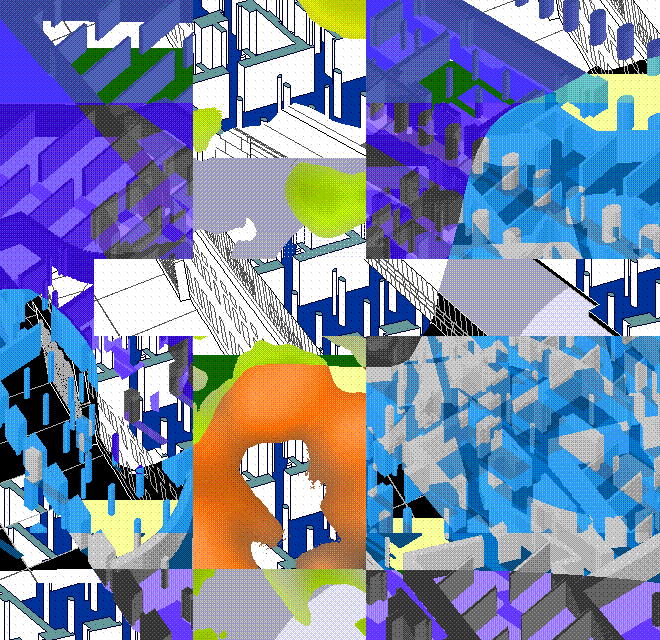
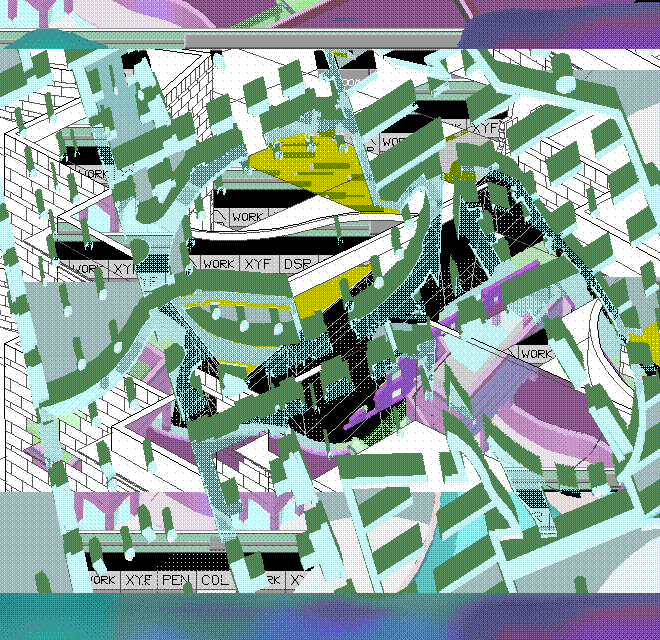
I can't remember exactly, but one of the above is a famous digestion crotch, and another one is a historic virtue versus vice gripper.
|